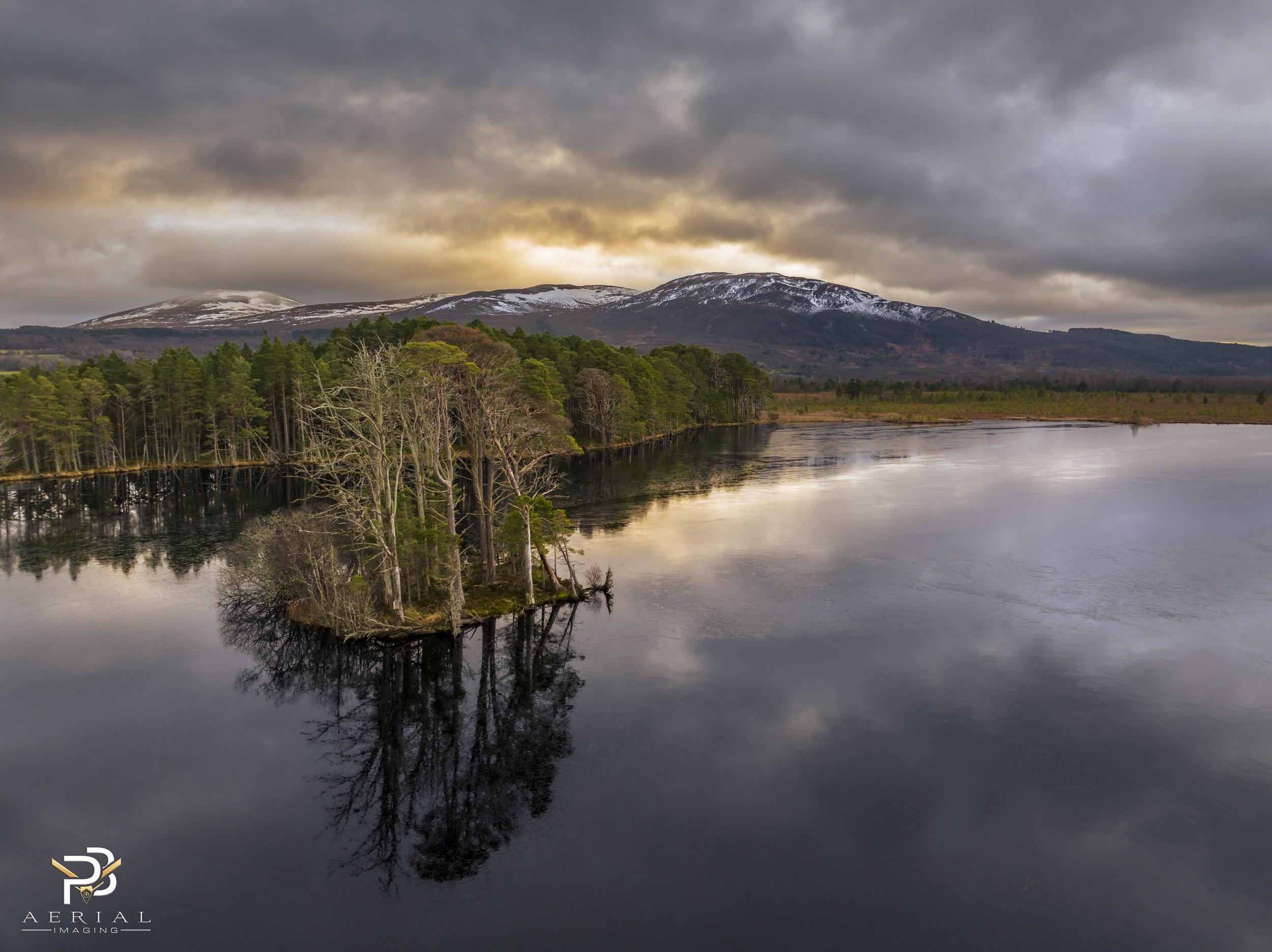Professional Drone Aerial Filming Services
With over 8 years experience as a drone pilot and in Aerial Cinematography in the film industry, we offer unparalleled Aerial Filming services that capture breathtaking footage from unique perspectives
We provide dynamic aerial filming that adds a cinematic flair to TV shows, films, commercials, and documentaries from unique vantage points.
Whether you are looking for a drone pilot for your next TV or film shoot or a drone operator to capture your business for PR & Marketing give us a call today to see how PB Aerial Imaging can elevate your project.
Showreel, showcasing some of the highlights of our Aerial Filming services diverse 2023
Corran Lighthouse and Ferry at Sunset
Ardvreck Castle at sunset
Basking Sharks off the Moray Coast
The Moray Coast
Highlights of 2022
Why should you consider utilising drones for Aerial Filming in your next production?
Drones have become an invaluable tool in the film and TV industry for several reasons, mainly because they offer unique capabilities that enhance storytelling, production quality, and cost-efficiency. Here are some of the key reasons why drones are so important in this field:
1. Aerial Filming and Cinematic Quality
Wide-Scale Aerial Views: Drones allow filmmakers to capture sweeping aerial shots that were once only achievable with expensive helicopters or cranes. These shots provide a dramatic perspective, particularly useful in establishing scenes or showcasing vast landscapes, cities, or intricate set designs.
Dynamic Camera Movement: Drones offer versatile movement, from smooth, fluid motion to sharp, quick adjustments. This flexibility makes it easier to execute dynamic camera angles that enhance visual storytelling.
2. Cost-Effective Alternative
Lower Production Costs: Traditional aerial footage often required helicopter filming, cranes, or planes, all of which are costly to rent and operate. Drones can provide a similar or even superior visual effect at a fraction of the cost, significantly reducing the budget for aerial shots.
Time Efficiency: Drone shots are faster to set up and execute compared to traditional aerial filming, saving time on set and allowing for more shots in a shorter time.
3. Access to Hard-to-Reach Locations
Difficult Terrain: Drones can be flown in remote or hard-to-reach areas where traditional equipment might not fit or be able to operate, such as dense forests, narrow streets, or mountainous terrains.
Indoor and Compact Spaces: In addition to outdoor shots, drones can also navigate confined spaces or buildings, providing cinematic shots in places that would be difficult with large cameras and rigs.
4. Creative Freedom and Flexibility
Unique Perspectives: Drones and aerial videography can easily shift in altitude, angle, and direction, giving filmmakers the ability to experiment with new perspectives or follow action sequences (e.g., chasing a moving car, or a character running through a crowd) with more creativity and precision.
Improved Visual Storytelling: Drones enable a new way of framing shots. For instance, the ability to effortlessly move through a scene while maintaining the right perspective allows for seamless transitions and complex storytelling techniques.
5. Stabilisation and Smooth Footage
Gimbals and Stabilisation Systems: Modern drones are equipped with advanced stabilisation systems, ensuring smooth and steady footage even in windy conditions or while performing complex maneuvers. This eliminates the need for extra equipment like dollies or stabilizers, while still maintaining high-quality visuals.
6. Safety in Risky Filming Environments
Hazardous Locations: Drones can be used in dangerous or hazardous environments (e.g., fire, explosions, or extreme weather conditions) without putting human crew members at risk. They can also be flown at high altitudes or near the ocean, minimizing safety risks.
Minimised Crew Exposure: When filming in challenging or risky conditions, drones allow directors and cinematographers to capture shots without putting a large crew in potentially dangerous situations.
7. Enhanced Action Sequences
Tracking and Choreographed Shots: In action sequences, drones can follow fast-moving subjects, tracking their movements while maintaining a stable and high-quality shot. This is particularly useful in chase scenes, sports events, or intense action sequences.
Choreographed Flight Paths: Drones can execute precise flight paths for predetermined shots, allowing for intricate choreography in action scenes (e.g., flying through tight spaces, moving around complex objects).
8. Real-Time Feedback
Instant Monitoring: Filmmakers can see the drone’s footage in real-time via monitors, allowing immediate feedback and adjustments. This helps ensure that the shot is perfect before moving on to other setups, reducing the need for reshoots.
9. Enhanced Visual Effects Integration
Pre-visualisation and VFX: Drones and aerial photography are often used for pre-visualisation (pre-vis) of shots that might require post-production effects. By flying drones through planned VFX environments, filmmakers can fine-tune shots and provide the VFX team with better reference footage for integration.
10. Documentary and Reality TV
Dynamic and Engaging Shots: Drones are particularly effective in documentary filmmaking and reality TV, where real-time, immersive, and dynamic shots are needed. For example, capturing wildlife in remote areas or following fast-moving subjects in nature documentaries.
Cinematic Storytelling: Reality TV and documentary filmmakers use drones to add cinematic quality and dynamic motion to otherwise static scenes, keeping the audience engaged with visually appealing content.
11. Accessibility and Innovation in Independent Filmmaking
Affordable for Independent Filmmakers: Drones have opened up new creative possibilities for independent filmmakers with lower budgets. Aerial filming, once reserved for big-budget productions, is now accessible to a broader range of creators.
Innovative Storytelling Tools: Independent filmmakers can use drones to push the boundaries of traditional filmmaking by incorporating unique angles, movement, and perspectives, giving their work a distinct visual identity.
In Summary:
Drones have revolutionised the way films and TV shows are made by providing filmmakers with creative, cost-effective, and versatile tools for capturing breathtaking visuals. From enhancing action sequences to offering smooth aerial shots and unprecedented access to hard-to-reach locations, drones offer a wide range of possibilities that are difficult to achieve with traditional filming equipment. The combination of high-quality footage, creative flexibility, and budget efficiency has made drones a game-changer for the film and TV industry.





































